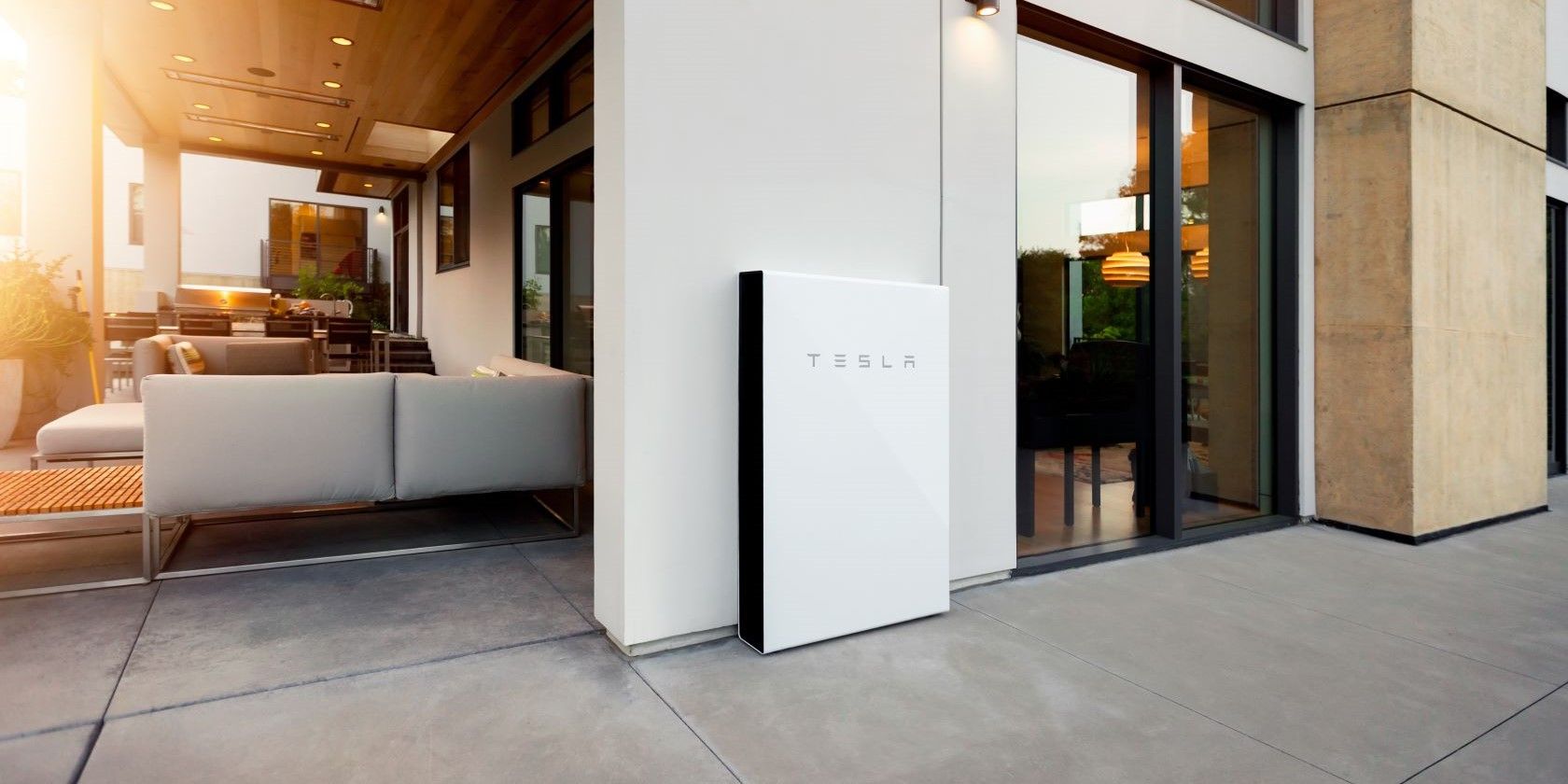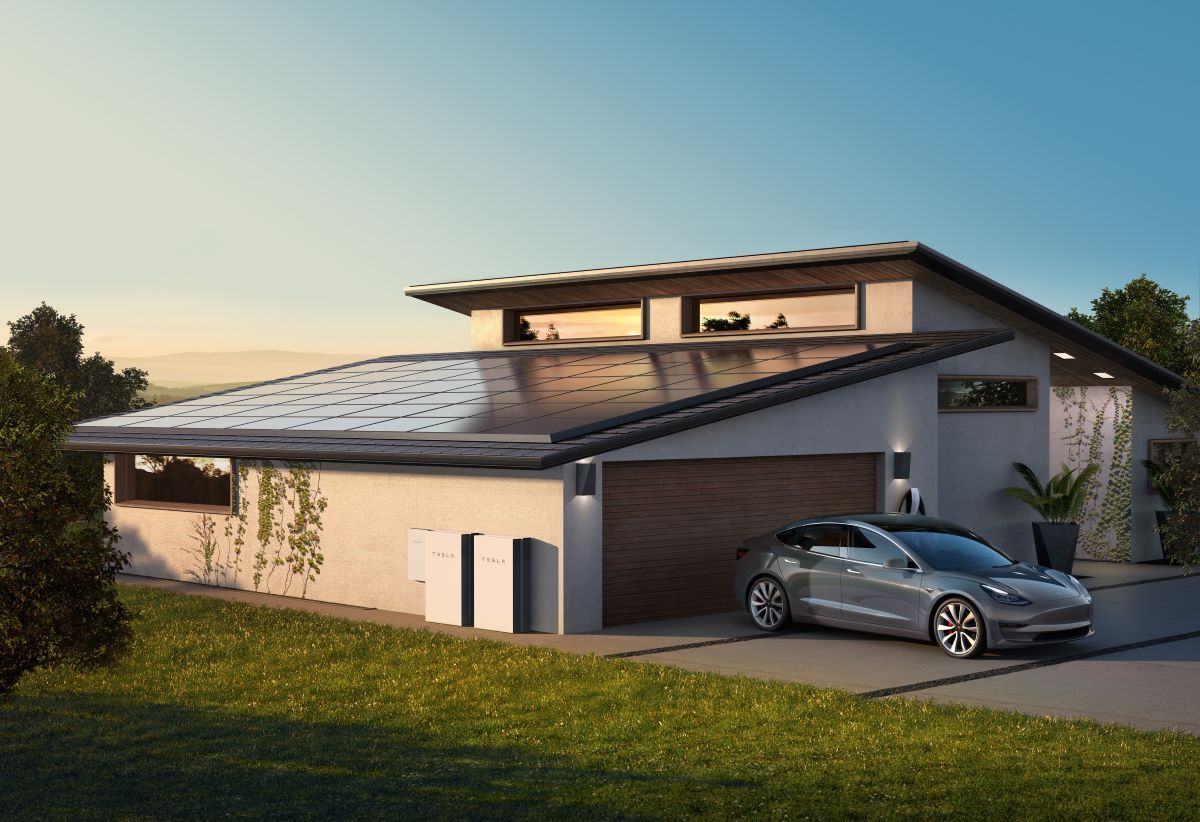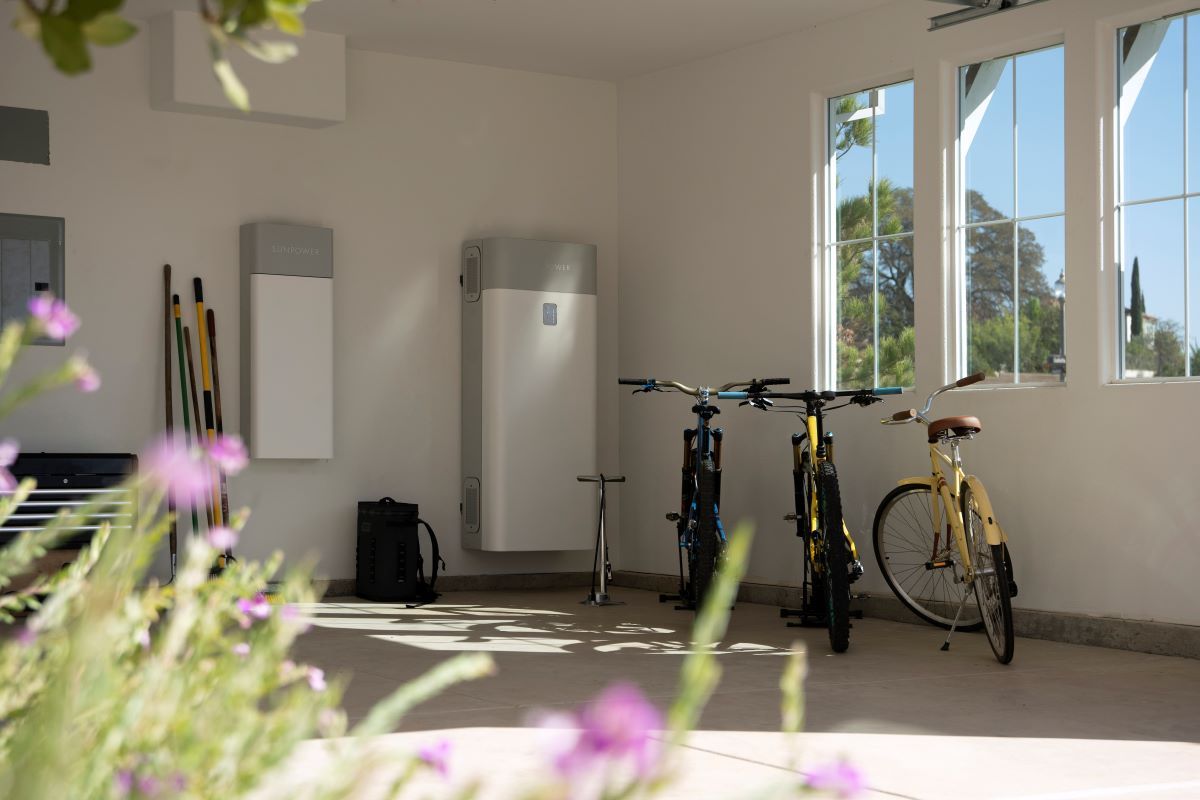Installing a Tesla Powerwall in your home can reduce your electricity bill significantly, especially if you rely on a solar panel or solar roof. Of course, a Tesla Powerwall battery could also back up your home like a generator in case of a power outage.
However, there are other alternatives you could consider if you want to install a Tesla Powerwall at home. Let's dig deeper to find out.
Why Use a Tesla Powerwall Alternative?
The Tesla Powerwall is a convenient option that could make your home energy reliant, but it could be expensive to install. This is because if you're buying the Tesla Powerwall lithium-ion battery from Tesla, it must be accompanied by a solar roof or a solar panel.
More succinctly, a Tesla Powerwall 13.5kWh lithium-ion battery will cost you about $10,500, and an extra solar panel could cost you between $15,000 to $25,000. If you do the math, you could end up spending more than $25,500 to install a Tesla Powerwall at your home.
Beyond that, the Tesla Powerwall's 13.5kWh lithium-ion battery could be insufficient if you have higher electricity consumption than average.
According to Energy Sage, a Tesla Powerwall with a 13.5kWh lithium-ion battery can keep your home running with basic electronics for at least 24 hours. But if you want more power supply, you must purchase multiple Tesla Powerwall batteries and solar panels to support your power demands—this could be more expensive to install.
Tesla Powerwall Alternatives for Your Home in 2023
You could consider cheaper Tesla Powerwall alternatives that don't require you to purchase solar panels. In addition to that, a few options can power your home for longer than Tesla Powerwall without an upgrade. What are we talking about?
1. Ford F-150 Lightning
The Ford F-150 Lightning has a bidirectional charging feature that can power your home during a power outage, just like the Tesla Powerwall. But unlike the Tesla Powerwall, Ford's electric pickup has a bigger lithium battery capacity—you could choose a trim with 98 kWh or 131 kWh battery size.
To put it into perspective, a fully charged Ford F-150 Lightning has enough capacity to back up your home for at least ten days. As for the price, the cheapest trim is currently sold at $55,974. Furthermore, you will also need to purchase a Home Integration System for $3,895 to support two-way charging—this doesn't include the installation cost.
Once you've installed the bidirectional charger, your Ford F-150 Lightning will automatically discharge power to your home during an outage. You could also use the FordPass app to preserve the battery power automatically. This means that if you've charged your EV battery to 100%, and it automatically connects to your home if the grid goes down, you can set it up to reserve the power when the battery is at 30%.
In a nutshell, the Ford F-150 Lightning is an alternative to Tesla Powerwall if you need a battery backup for your home with no solar panels. Not to mention, it's an electric vehicle that you can drive, and it powers your house ten times longer than a Tesla Powerwall.
2. SunPower SunVault
SunPower offers a home lithium-ion battery backup option known as SunVault. The battery storage capacity is available in 13kWh or 26 kWh—but the power discharge is limited to 12kWh or 24kWh. Also, the SunPower SunVault lithium battery can deliver 6.8kW of continuous power, which is slightly higher than the Tesla Powerwall.
How much does it cost? Solar Reviews says you can expect to spend between $12,000 to $25,000 to install SunVault. You could spend almost the same amount to install a Tesla Powerwall at home.
SunPower also offers a separate component called HubPlus that enables the backup battery to automatically deliver backup power to your home during a power outage. Besides that, you can monitor your backup power using the SunPower app and customize the power circuits. For instance, in case of a power interruption, you could choose to only supply power to your essential devices at home, like the fridge or Wi-Fi router using the HubPlus system.
If you drive an electric vehicle, you could add a Wallbox home charger during installation. In addition to that, SunPower offers solar integration when installing the SunVault lithium battery.
3. LG Chem Battery
The LG Chem battery is available in two variants: the RESU10H Prime or RESU16H Prime. The LG RESU10H Prime is a lithium-ion battery with a capacity of 9.6kWh, while the RESU16H Prime can hold up to 16kWh. If you want, you could stack the batteries in parallel to unlock 19.2kWh or 32kWh.
However, the LG Chem battery doesn't require you to install it with a solar panel like the Tesla Powerwall. In fact, the 16kWh LG battery has a bigger capacity than the 13.5-kWh Tesla Powerwall battery, yet it's sold at $11,000. On the other hand, the smaller 9.6kWh battery will cost you $8,500.
Another cool thing about the LG Chem batteries is that they're more energy efficient than Tesla Powerwall batteries. According to Solar, the LG Chem's DC capabilities ensure less energy is wasted when using the battery compared to an AC battery like the Tesla Powerwall.
However, the LG Chem battery doesn't come with an inverter. This means you must purchase a DC-compatible inverter like the Solar Edge Storedge to discharge power from the battery to your AC devices at home. On top of that, the best inverter should make it easier for the battery to connect automatically to your home if the grid is offline.
4. Sonnen Battery
Sonnen is a German company that offers home backup batteries that can be charged from the grid or solar system. If you want a battery with a capacity of 10kWh or 20kWh, you could consider the sonnenCore+. However, if you prefer a bigger battery, the ecoLinx with up to 30kWh capacity is a good option.
Solar Reviews reckons it should cost you about $9,500 to purchase a 10kWh sonnenCore+ battery—slightly cheaper than the Tesla Powerwall. But, then again, you could spend almost triple that amount to purchase the 12kWh ecoLinx battery.
The biggest difference between the two models is that the ecoLinx battery is designed to be compatible with most smart home systems. In other words, if you've connected ecoLinx to your smart home system, you can control most of your devices at home using the Sonnen smartphone app.
However, both the sonnenCore+ and ecoLinx can automatically take over when the grid goes down—or during peak hours when power is more expensive. The ecoLinx takes it further by charging faster before an expected storm which could disrupt the power.
The ecoLinx system has a longer 15-year warranty than the sonnenCore+ with a 10-year warranty.
5. Panasonic EVERVOLT 2.0
According to Energy Sage, you could spend between $15,000 to $20,000 to install a Panasonic Evervolt 2.0 home battery. It's more expensive than a single Tesla Powerwall battery, but you get a better deal since it has a higher capacity of 17.1kWh or 25.65kWh. In addition to that, it's up to you if you want to install a solar panel or rely on the electrical grid to charge the battery.
Unlike the Tesla Powerwall, the Panasonic Evervolt is designed to improve efficiency with a hybrid inverter compatible with DC or AC systems. However, you can set up the battery to automatically discharge electricity to your home if the grid goes down or the electricity rate goes up, just like Tesla Powerwall.
Better yet, the Panasonic Evervolt 2.0 features a smart panel that communicates with your smartphone app, so you can track your power consumption and optimize the stored energy.
The Panasonic Evervolt 2.0 can also be installed outdoors, and it includes a 10-year warranty.
You Can Install Tesla Powerwall Alternatives Without Solar Panels
Tesla Powerwall offers one of the best home power backup solutions with a storage battery and solar panels. However, you should consider Tesla Powerwall alternatives if you're prioritizing battery capacity over solar panels. In fact, you can still offset your energy costs without solar panels if you recharge your home battery from the grid during off-peak hours and discharge it during peak hours.




